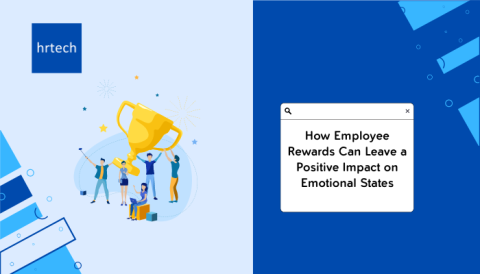Managing Total Rewards comes with its fair share of challenges, especially when the data is scattered across various systems. Without a centralized platform, HR teams often struggle with fragmented market data, resulting in inefficiencies and delays in making key decisions.
This disconnect can lead to misaligned compensation strategies, difficulty in keeping pace with market trends, and an inability to respond promptly to employee needs.
According to an Employer Benefits Survey by PBO Advisory Group, 82% of small and mid-sized businesses offer benefits beyond PTO, healthcare, and retirement. These include paid learning opportunities, tuition reimbursement, flexible schedules, bonus programs, and creative perks like in-office lunches and executive coaching.
This highlights the increasing need for a unified system to effectively manage diverse rewards.
Tallect solves these issues by integrating all aspects of Total Rewards into a unified platform. By combining market data with real-time compensation, benefits, and equity information, Tallect enables HR teams to make more strategic, informed decisions.
This blog explores how market data fragmentation affects Total Rewards strategies, the importance of integrating rewards systems, and how businesses can optimize their programs for improved results.
Why Market Data is Essential in Today’s Total Rewards Strategy?
Market data is no longer a “nice-to-have”—it’s a critical foundation for making smart, competitive Total Rewards decisions. In today’s hyper-competitive talent landscape, companies can’t afford to rely on guesswork or outdated benchmarks. Real-time, accurate market insights are essential for aligning pay and benefits with talent expectations and business needs.
Organizations that lack access to current compensation data risk offering packages that are either uncompetitive or misaligned with industry norms—resulting in talent attrition, low engagement, and slower business growth. Smart HR leaders know that strategic compensation begins with trusted data—not assumptions.
Here’s why market data matters:
Keeping Up with a Dynamic Talent Market
The talent market evolves rapidly. New roles, industries, and skill sets emerge constantly. Employees’ expectations also change over time. Market data helps HR teams stay on top of these shifts. It provides insights into what competitors are offering in terms of pay and benefits. With this information, HR can adjust compensation packages to stay competitive.
For example, if demand for a specific skill increases, market data helps HR raise salaries for those roles to attract and retain top talent.
Aligning Compensation and Benefits with Benchmarks
Market data allows companies to align their compensation and benefits with industry standards. By comparing pay ranges, benefits, and bonus structures to market benchmarks, HR teams can ensure that their rewards packages are competitive. This prevents companies from overpaying or underpaying employees. Ensuring market alignment also promotes internal pay equity.
Employees are more likely to feel valued when their compensation aligns with industry standards and expectations. Additionally, market data helps HR make informed decisions on benefit offerings, ensuring they meet employee needs while staying within budget.
While market data is crucial for shaping rewards strategies, effectively leveraging it comes with its own set of challenges that HR teams must manage.
Challenges in Making Strategic Rewards Decisions
Creating an effective Total Rewards strategy is essential for both attracting and retaining top talent. However, making strategic decisions in this area is often more difficult than it seems. Two of the biggest challenges that HR teams face are siloed data and a lack of cross-functional integration.
Let’s look at these challenges in more detail:
Siloed Data and Outdated Inputs
HR departments frequently rely on multiple tools to manage different aspects of Total Rewards,—compensation, bonuses, equity, and benefits. These systems rarely talk to each other, resulting in fragmented and outdated data. Compensation data may live in one platform, while performance data is stored elsewhere. This disconnection creates inefficiencies, limits visibility, and makes it difficult to build a full picture of an employee’s rewards journey.
Even after paying significant amounts for external market data, many organizations fail to activate it in day-to-day decision-making. Instead, the data remains locked in static reports and spreadsheets, making timely, agile compensation adjustments nearly impossible. As the market evolves, HR teams are left making decisions based on stale inputs, missing critical windows to align rewards with performance or shifting market dynamics.
Lack of Trend Visibility and Long-Term Intelligence
Another major gap is the inability to generate long-term trends. Without a system to track salary progression, people movement, or skill premium shifts over time, HR teams are left without context. They can’t identify patterns across 2–3 years that would help inform strategic compensation decisions or workforce planning. This lack of trend visibility results in reactive decision-making and missed opportunities to optimize rewards based on historical movement and predictive intelligence.
Lack of Cross-Functional Integration
Strategic reward decisions require input from various stakeholders within the company, including HR, finance, and business leadership. When these departments work in silos, communication breakdowns occur, and rewards decisions can be misaligned with broader organizational goals.
For example, finance teams may be operating on different budget assumptions than HR, leading to inconsistencies in rewards program funding. Similarly, if performance metrics aren’t aligned with compensation and incentive structures, employees might not be properly incentivized.
Without seamless integration between HR, finance, and leadership, decisions regarding compensation, benefits, and incentives may not fully align with the organization’s priorities, resulting in inefficient or misaligned reward strategies.
The Real-World Impact
These challenges can significantly affect organizational performance. For instance, siloed data leads to longer planning cycles, poor decision-making, and a lack of visibility into compensation trends and employee engagement.
According to McKinsey, organizations that extensively utilize people analytics experience a 25% increase in business productivity. The inability to link rewards to performance or business objectives can reduce the overall impact of your rewards strategy, leaving employees feeling disengaged or undervalued.
A fragmented rewards system leads to missed opportunities, such as failing to adjust rewards in response to market changes or employee feedback. Without the right tools and integrations, HR struggles to make timely, strategic decisions.
Overcoming these challenges requires a platform that simplifies decision-making, and Tallect empowers HR teams with the tools to make smarter, data-driven decisions about rewards.
How Tallect Powers Smarter Decision-Making?
Tallect isn’t just a compensation platform—it’s a strategic engine that helps HR teams turn data into action. By centralizing and connecting all aspects of Total Rewards, Tallect empowers organizations to move beyond basic reporting and into predictive, insight-driven decision-making.
Here’s how Tallect powers smarter decision-making:
- Connected Modules Feeding Real-Time Insights: With Tallect, HR teams have centralized access to compensation, benefits, equity, performance, and benchmarking data—all within a single platform. This eliminates the need to toggle between disconnected systems or static spreadsheets. Dynamic dashboards offer a real-time view of what’s happening across the organization, allowing HR to adjust compensation strategies quickly and confidently. This real-time visibility ensures that businesses stay competitive and can respond immediately to internal changes or external market shifts.
- Role of Hiring Intelligence: Tallect brings in deep hiring intelligence that gives HR teams visibility into salary benchmarks, role-specific demand, and emerging market trends. This data enables them to craft benefits, and insurance. packages that are not just reactive, but strategically aligned with current and future talent needs. Whether it’s adjusting pay for high-demand skills or calibrating insurance and perks to match evolving expectations, Tallect ensures that rewards remain competitive and aligned with industry standards.
- Performance Data: The platform also makes performance data a core part of the rewards process. Instead of handling performance and incentives separately, Tallect seamlessly integrates them, so top performers are recognized and rewarded in real time. This alignment strengthens motivation, enhances fairness, and reinforces a high-performance culture by ensuring that incentives are closely tied to contributions.
- Data Activation and Trend Intelligence: Beyond visibility, Tallect enables true data activation. HR teams can model compensation decisions, simulate “what-if” scenarios, and forecast outcomes with greater confidence. Over time, the platform builds intelligence by tracking trends across two to three years—such as salary progression, talent movement, and retention patterns—providing a forward-looking view that supports proactive planning. This hyper-intelligent trend analysis helps organizations move from guesswork to predictive strategy.
- Cross-Functional Alignment: Finally, Tallect breaks down silos between HR, Finance, and leadership by providing a single source of truth. With shared access to real-time data, all stakeholders can collaborate more effectively, ensuring that compensation decisions are financially viable, strategically aligned, and operationally feasible. This connected decision-making process reduces friction and accelerates outcomes, allowing organizations to act faster and smarter.
Let’s now look at the real outcomes of integrated data-driven rewards.
Real Outcomes of Integrated Data-Driven Rewards
Integrating data into Total Rewards strategies offers numerous advantages, driving smarter decision-making and leading to tangible outcomes for businesses. By centralizing all reward-related data, organizations can improve planning, enhance employee satisfaction, and ultimately, drive business success.
Here are the key outcomes of using an integrated, data-driven approach to rewards:
Agility and Precision in Planning
Integrated data allows HR teams to plan compensation and rewards strategies with greater agility and precision. By having real-time access to all relevant data, such as market trends, compensation benchmarks, and employee performance HR can quickly adjust plans to reflect changes in the market, business objectives, or employee needs.
Here’s how this integration enhances planning:
- Quick Adjustments: HR can swiftly modify reward plans based on real-time market data, ensuring relevance and competitiveness.
- Alignment with Business Goals: The integration ensures that compensation strategies align with both employee expectations and business objectives.
- Timely Responses: HR can respond to market shifts and changing organizational needs, ensuring that the reward system remains flexible and up-to-date.
Fairness, Transparency, and Retention Impact
When reward data is integrated and easily accessible, it leads to greater fairness and transparency in the compensation process. Employees can clearly see how rewards are determined, including how compensation, benefits, and recognition are aligned with their performance and market standards. This transparency fosters trust, increases employee engagement, and strengthens retention efforts.
Here’s how integrated data drives fairness and retention:
- Clear Communication: Employees can easily understand how rewards are tied to performance and market standards, improving trust.
- Increased Engagement: Transparent reward processes drive higher employee engagement and motivation to perform at their best.
- Reduced Turnover: Fair and consistent reward practices lead to greater employee satisfaction, reducing the likelihood of turnover.
Conclusion
Shifting rewards management from an operational task to a strategic function is crucial for businesses that want to stay competitive and retain top talent. Instead of treating rewards as isolated tasks, organizations need to implement an integrated, data-driven strategy that aligns with business goals. This approach ensures that rewards systems are fair, effective, and engage employees in a meaningful way.
Tallect enables this shift by integrating compensation, benefits, equity, and recognition data into one platform. With real-time insights, HR teams can make informed, data-driven decisions, optimizing rewards programs to align with business goals and effectively attract, retain, and motivate top talent.
Ready to optimize your Total Rewards strategy and drive better results?
Discover how Tallect can help you create smarter, more efficient, and data-driven reward programs.







